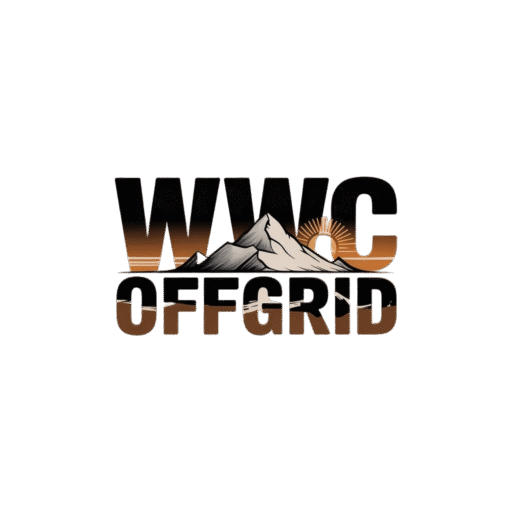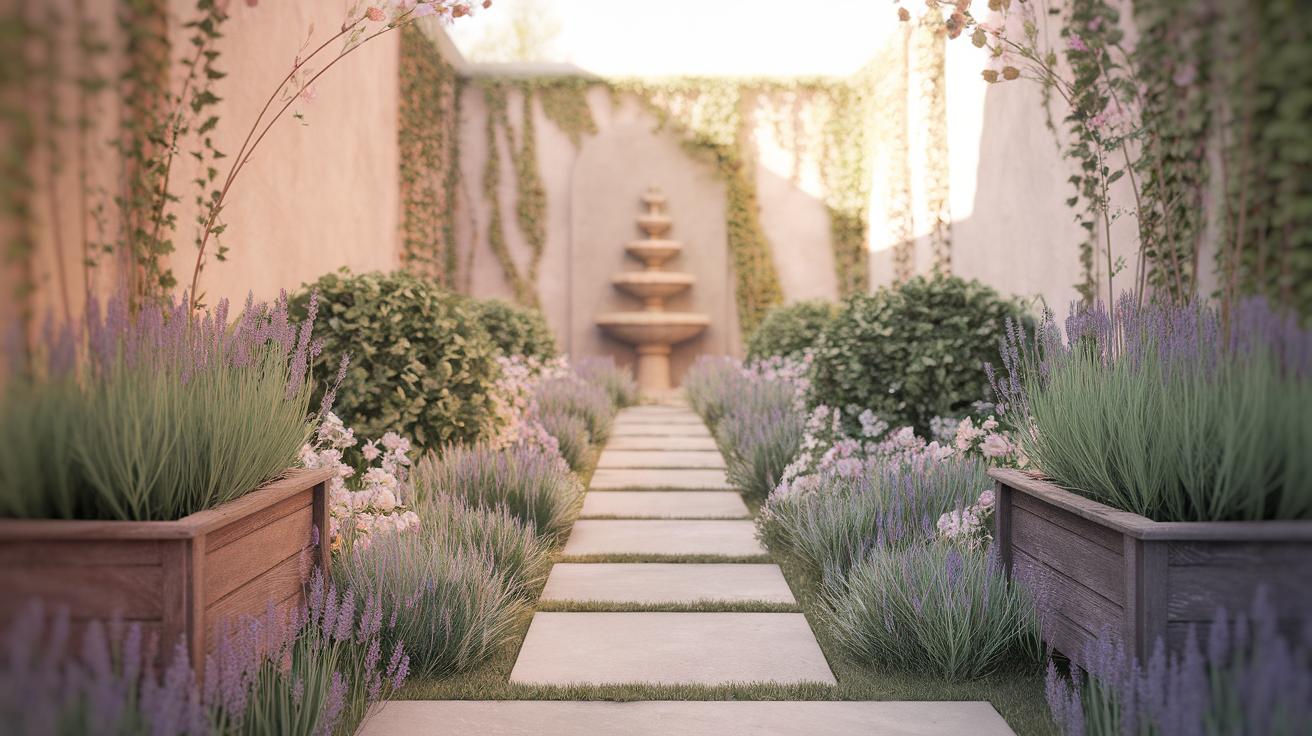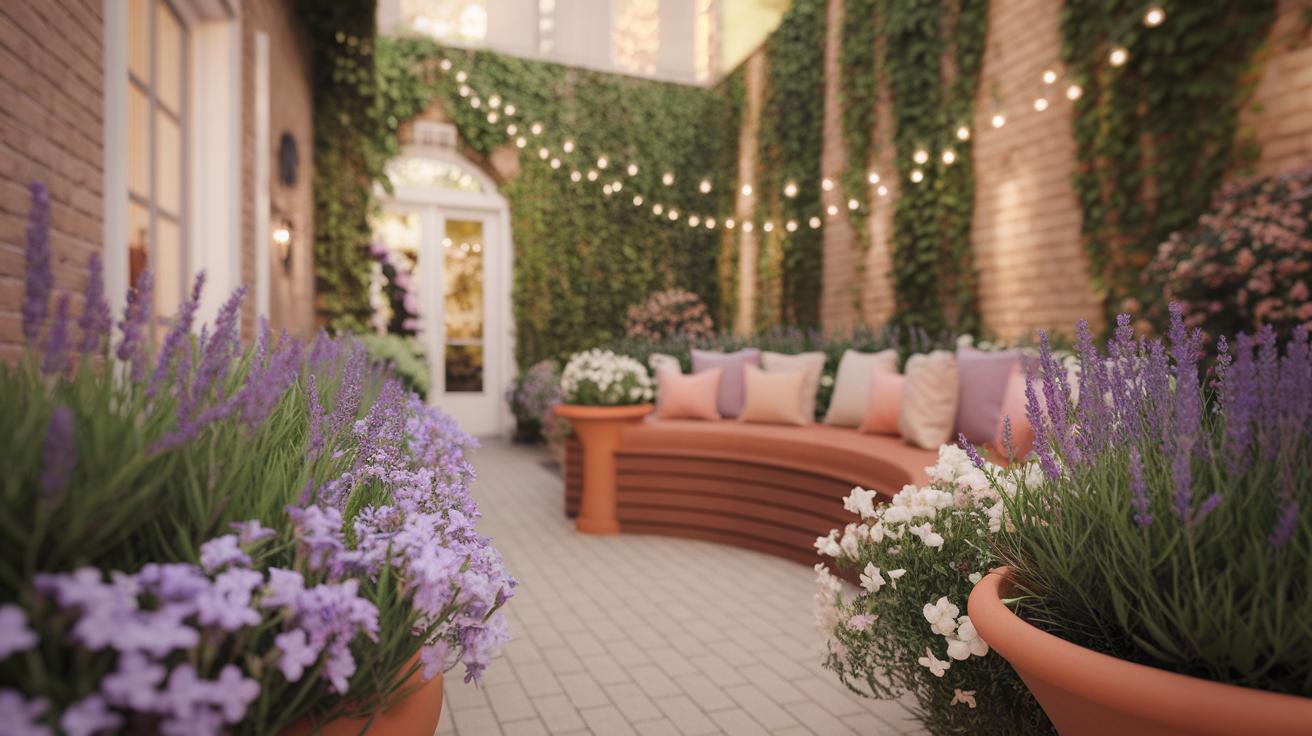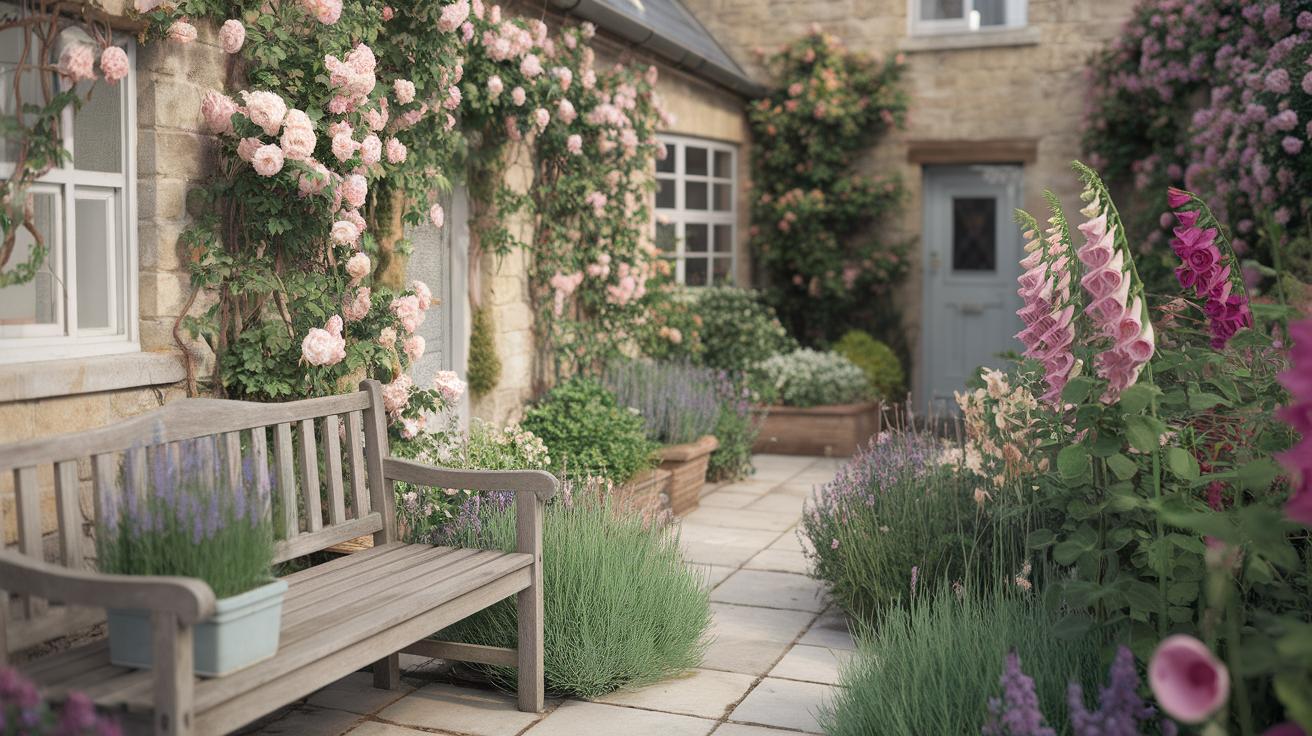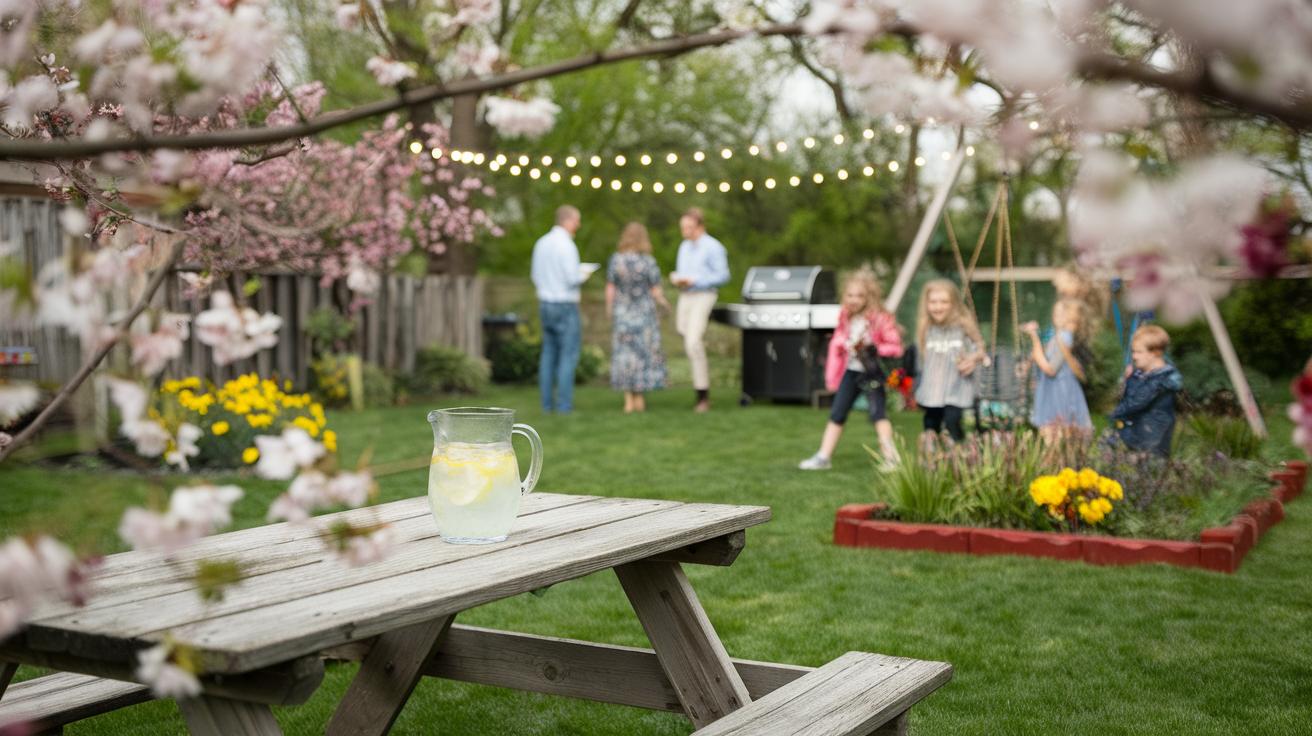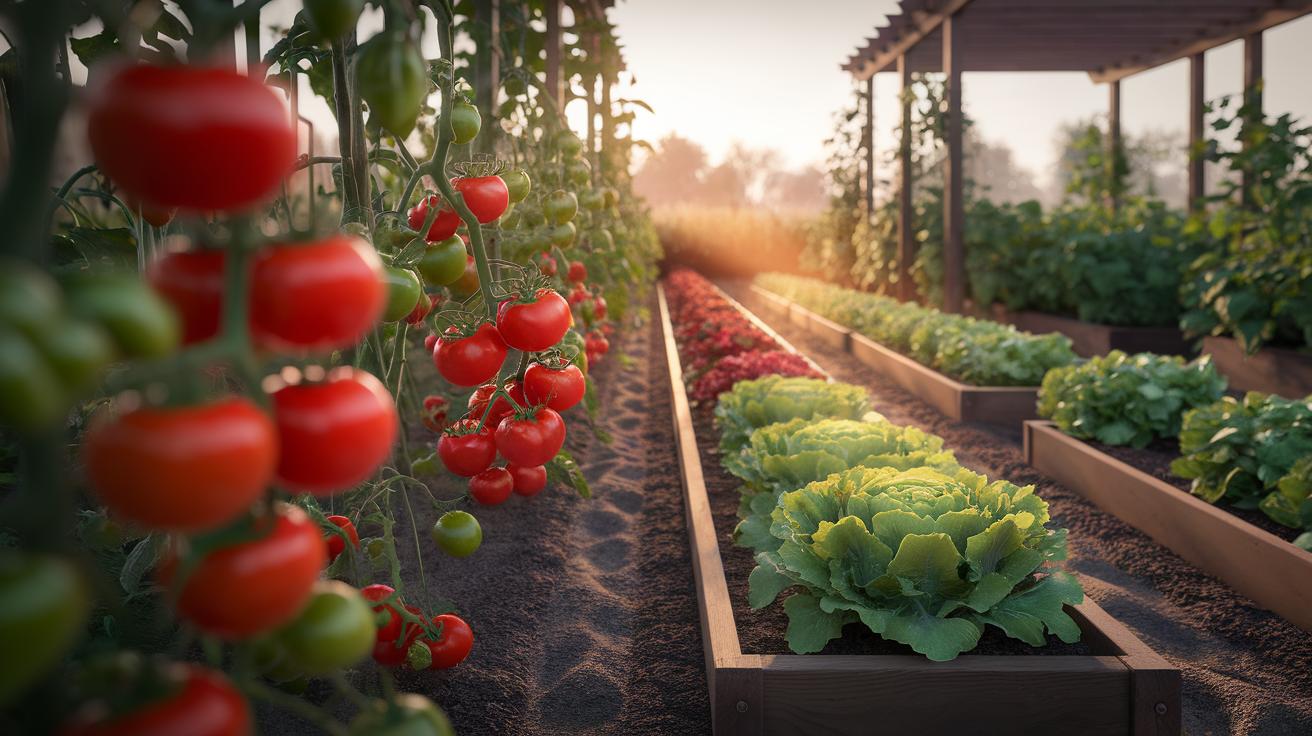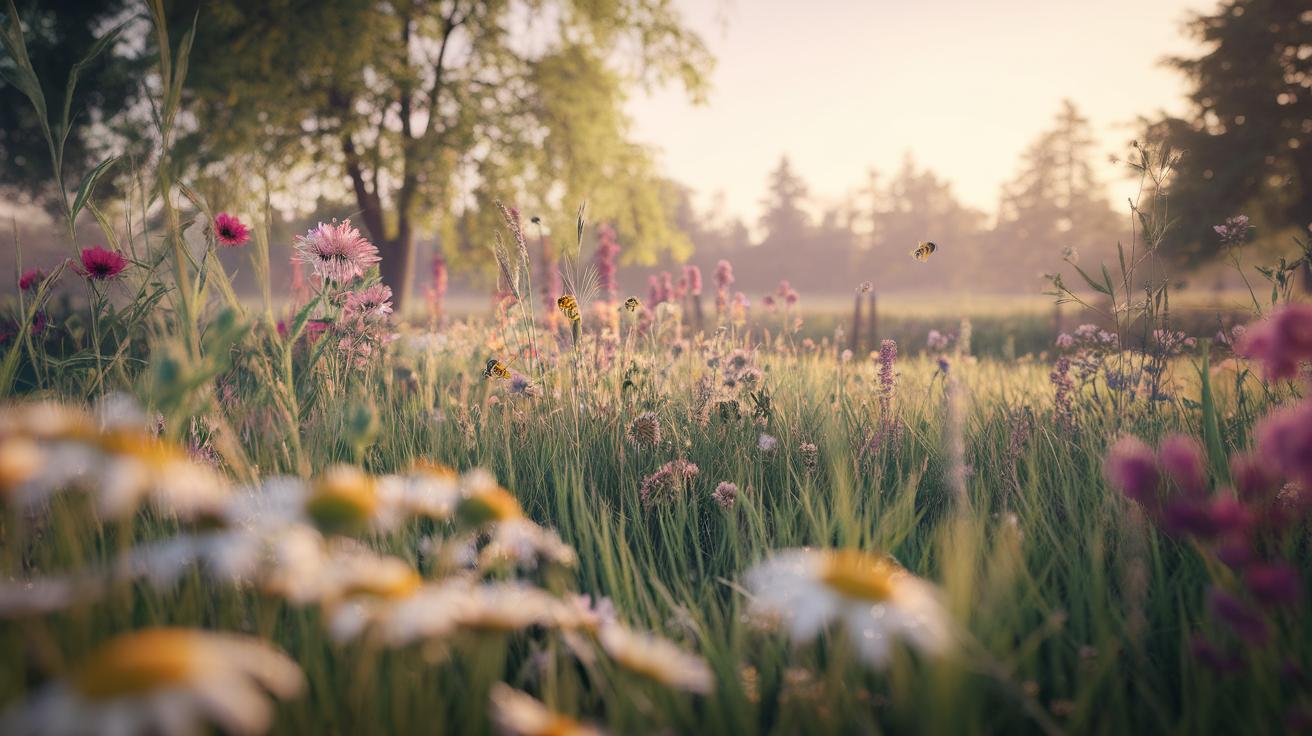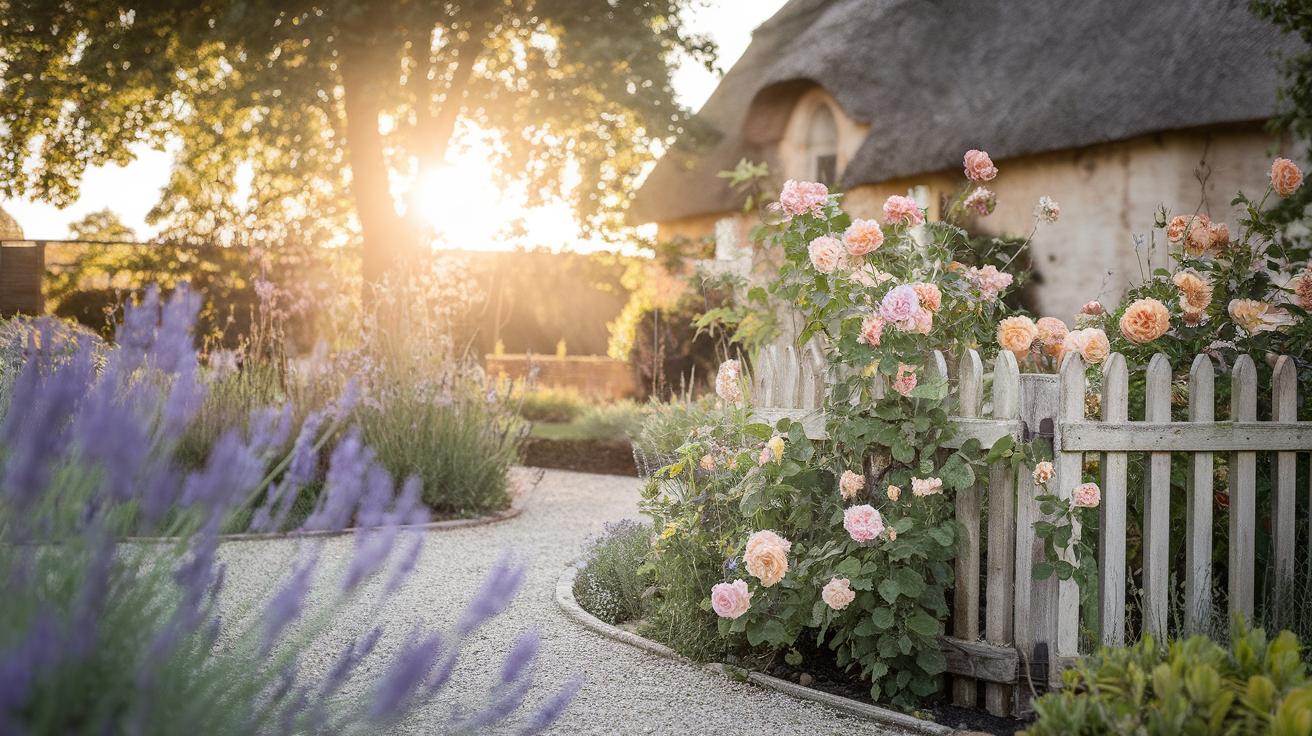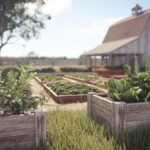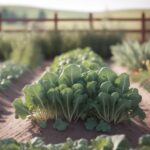Introduction
Growing vegetables in pots offers a practical way to cultivate fresh produce regardless of your available space. This approach uses containers such as pots, tubs, or boxes instead of traditional ground soil. Container gardening suits urban settings where soil may be unsuitable or space limited. It also works well for gardeners who want to move their plants for better sunlight or protect them from adverse weather. You can produce a variety of vegetables successfully with the right methods and care.
Understanding how to grow vegetables in pots involves knowing the suitable containers, choosing the right crops, and managing soil, water, and nutrients efficiently. Many vegetables like peppers, lettuce, and herbs do well in containers. This guide covers the essentials from container selection to watering and pest control. It aims to help you create a thriving pot vegetable garden that provides fresh vegetables and enhances your gardening experience.
Choosing the Right Containers

Materials and Sizes
Select containers made from materials that match your gardening style. Plastic pots hold moisture longer and are lightweight, making them easy to move. However, they may crack in cold weather and can trap heat in the sun. Terracotta pots breathe well and help prevent overwatering by drying out faster. They are heavier and fragile, so handle them carefully. Resin containers resist cracking and fading. They balance durability and weight but usually cost more.
The size of your container affects the vegetables you can grow. Small pots work for herbs or leafy greens with shallow roots. Larger pots give deep-rooted plants like tomatoes or peppers room to develop strong root systems, which helps improve growth and yield. Consider a container at least 12 inches deep for most vegetables. Will your plants have enough space to grow tall or spread out? Selecting the correct size supports healthy plants and boosts your harvest.
Drainage and Shape
Drainage is vital for container gardening. Excess water must escape to prevent root rot and keep roots healthy. Make sure your containers have holes at the bottom. If not, drill some. Waterlogged soil suffocates roots, which kills your vegetables faster than drought.
The shape of your container also influences root growth. Wide, deep pots encourage roots to spread evenly. Tall, narrow pots may restrict roots and stress plants. Rectangular containers help if you want to grow multiple vegetables side by side. Round containers work well for single plants. Think about how your container’s shape fits your available space and maintenance routine. Will you be able to water and harvest easily? Proper drainage and shape keep your vegetables thriving in pots.
Selecting Vegetables That Grow Well in Pots

You can grow many vegetables successfully in pots if you choose the right types. Vegetables like lettuce and spinach fit well in containers because they have shallow roots and don’t need a lot of space underground. They mature quickly, allowing you to harvest often, which helps you get more from your garden.
Chili peppers are another good choice. They climb within a small area and require less root space, making them perfect for pot growth. Dwarf tomato varieties, like patio or cherry tomatoes, have compact growth habits and do well in backyard pots or balconies.
Focus on plants with shallow root systems or those that grow upward rather than outward. Your container size limits soil volume, so these vegetables will thrive better. Have you tried growing anything small or compact in pots before? How did it work out for you?
Ideal Vegetables for Containers
Vegetables with compact growth and shallow roots perform best in containers. Leafy greens like arugula and Swiss chard mature fast and stay small, making them ideal. Herbs such as basil and cilantro also grow neatly in pots.
Dwarf varieties of vegetables pack their growth into limited space. Dwarf beans and baby carrots fit into smaller containers, saving room while producing good yields. You can grow peppers or radishes in containers as long as the depth matches their root needs.
Choosing vegetables with natural tendencies to grow smaller helps your plants avoid stress and grow vigorously in pots. What smaller vegetables do you think would fit your space?
Vegetables to Avoid
Avoid vegetables with deep roots or large spread in containers. Plants like corn and pumpkins need wide, deep soil to support their growth and heavy nutrient demands. Similarly, root vegetables such as regular-sized carrots and potatoes require more depth than most pots provide.
Large leafy plants like cabbage also do not do well when crowded in pots. Instead of avoiding these vegetables entirely, consider growing smaller or dwarf varieties designed for restricted spaces. For example, try bush beans instead of pole beans.
Planning which vegetables fit your container space can save you time and frustration. Which large vegetables have you struggled with before in pots? How could replacing them with smaller types improve your harvest?
Preparing Soil and Potting Mix
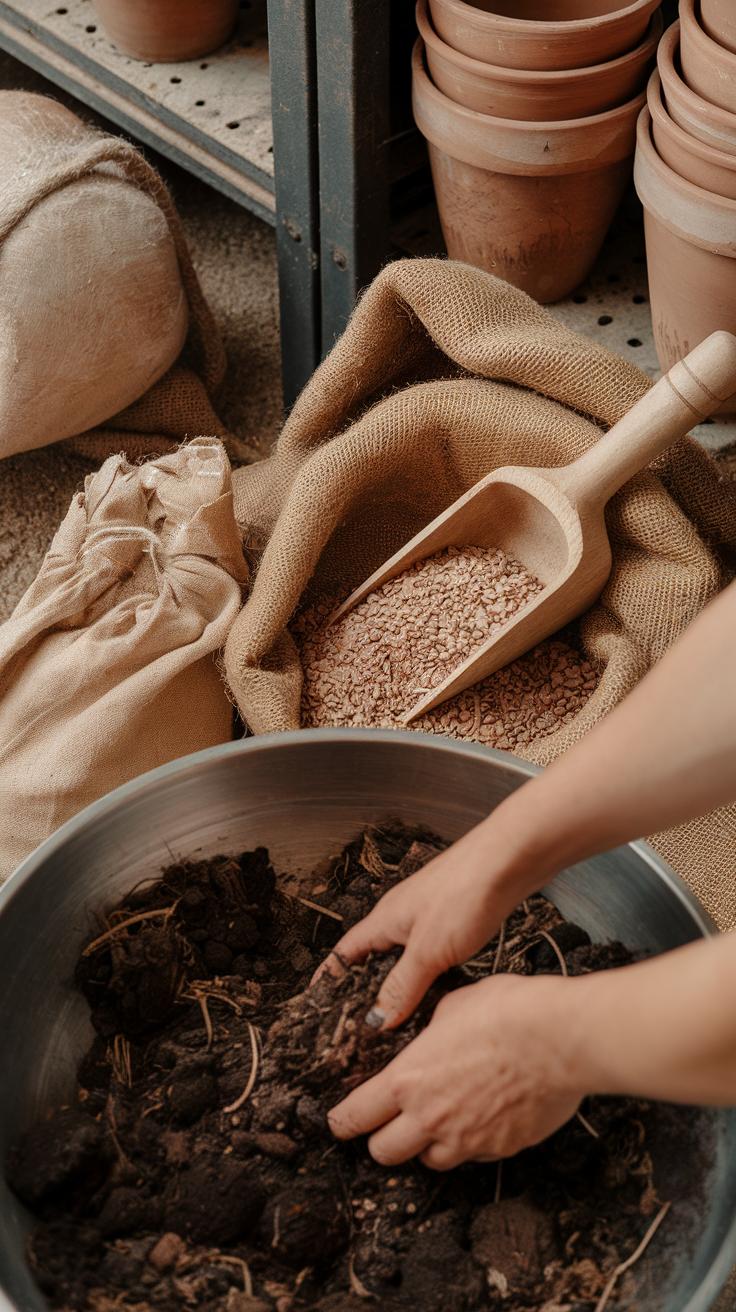
Your vegetable plants depend on the soil or potting mix for water, nutrients, and air. In containers, soil quality and composition play a bigger role than in garden beds because roots cannot spread out. A well-draining potting mix helps avoid waterlogged roots and prevents diseases like root rot. It makes sure excess water flows freely while keeping enough moisture for the plants.
To prepare your own potting mix, combine materials that balance drainage and moisture. You want components that hold nutrients, drain well, and weigh less than garden soil. Moisture retention is key for pots because containers can dry out quickly, especially in warm weather.
Meeting your vegetables’ nutrient needs starts with a good base mix but also requires regular feeding. If your mix holds nutrients poorly, plants may show slow growth or yellowing leaves. How often should you refresh your mix or add amendments? Paying attention to soil color and texture helps you decide when your vegetables need more nutrients or better drainage.
Components of Potting Mix
A great potting mix for vegetables usually includes organic matter, perlite, and either peat moss or coconut coir. Organic matter, like compost or aged bark, supplies nutrients and helps soil hold moisture. Perlite is a lightweight volcanic rock that opens up the soil, improving airflow and drainage.
Choosing between peat moss and coconut coir matters too. Peat moss holds water well but can compact over time and worries some gardeners because it is not very renewable. Coconut coir offers good water retention and is more sustainable. Both provide structure and keep soil from drying out.
You can easily mix these components at home. Try a blend with 40% organic matter, 30% coconut coir or peat, and 30% perlite. This ratio keeps soil loose but moisture-friendly, perfect for vegetables with limited root space. Adjust amounts slightly depending on your climate and specific plants.
Enhancing Nutrient Availability
Container vegetables need regular feeding because nutrients wash away with watering. Incorporate slow-release fertilizers into your mix before planting to provide steady nutrition. Organic options like bone meal, blood meal, or fish meal release nutrients slowly and improve soil life.
Feeding plants with liquid fertilizers every two weeks also helps. Use balanced formulas with equal parts nitrogen, phosphorus, and potassium to support leaf growth, roots, and fruit development. Compost teas or worm castings added occasionally boost beneficial microbes, making nutrients easier for roots to absorb.
Ask yourself: Is your potting mix losing nutrients too fast? Keeping soil rich means healthy plants and bountiful harvests. Tracking plant health and adjusting fertilizer amounts ensures your vegetables keep getting what they need throughout the growing season.
Watering Strategies for Container Vegetables
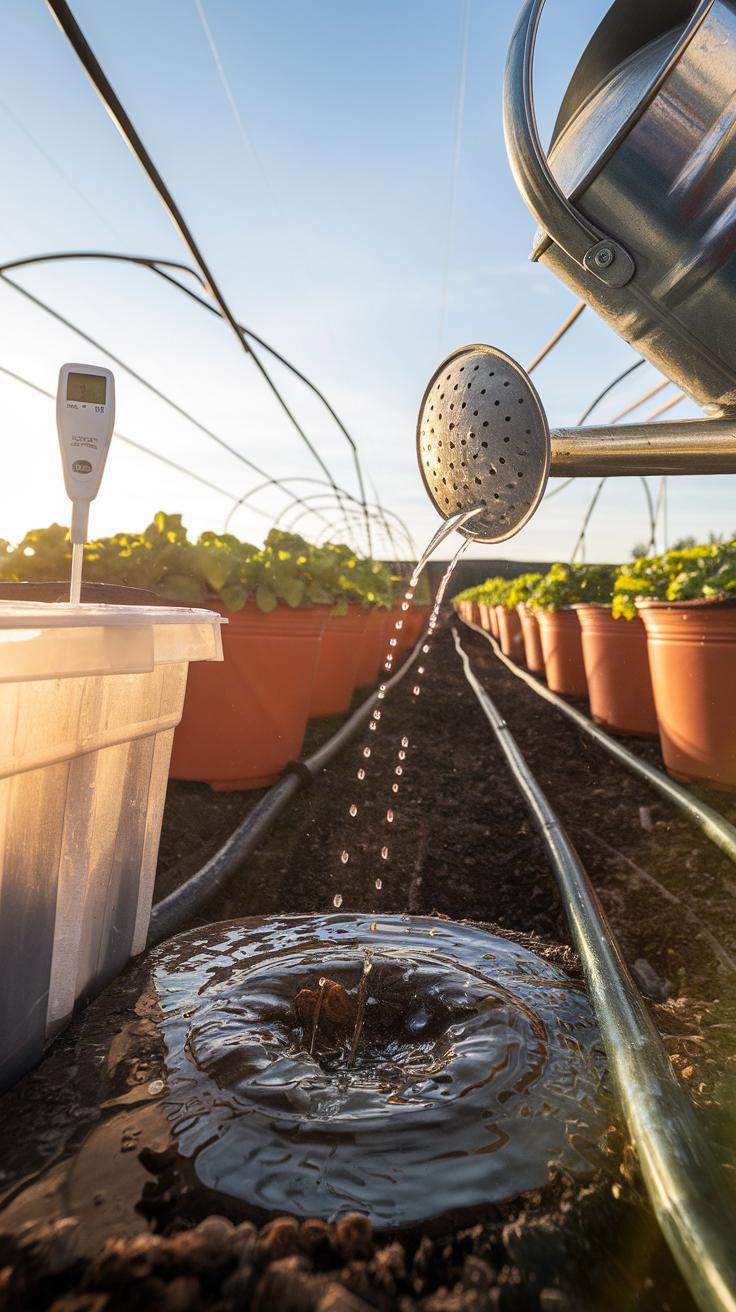
Watering vegetables in pots differs from watering those in the ground. Pots dry out faster because soil volume is limited and exposure to sun and wind affects moisture quickly. Your plants need water more often, but the amount changes with container size, plant type, and weather.
Too much water can drown roots and cause disease, while too little leads to stress and poor growth. You must balance watering carefully. Checking soil moisture with your finger helps. Aim for damp, not soggy, soil.
Using drip irrigation or self-watering containers can keep moisture steady. Drip lines deliver water directly to roots, reducing waste and preventing leaves from getting wet, which lowers fungal risks. Self-watering pots store water in a reservoir, feeding plants as they need it and saving you time. These methods also protect your plants during hot or dry spells and reduce the chance of overwatering.
Watering Frequency and Amount
Different vegetables in containers demand varying watering schedules. Leafy greens like lettuce need more frequent watering—sometimes daily in hot weather—because they have shallow roots. Tomatoes or peppers in larger pots use water slower, needing it every few days.
Check your plants often. If leaves wilt between waterings, soil may be too dry. If the pot feels heavy and soggy, cut back on water.
Weather plays a big role. On hot, windy days, plants use more water. Rain reduces the need. Smaller pots lose moisture faster than big ones, so adjust watering to container size. Over time, you’ll learn your plants’ needs through observation and experience.
Watering Systems
Hand watering offers control and lets you check each plant closely. Use a watering can or hose with a gentle spray to avoid soil disturbance. Water at soil level to keep leaves dry.
Drip irrigation systems save water and deliver it evenly. You can set timers to water early morning or evening, improving efficiency. Drip lines fit well for rows of containers or balcony gardens.
Self-watering pots reduce daily care. A water reservoir below the soil feeds roots as they dry out. This system cuts watering mistakes and helps plants stay consistent, especially if you travel or forget sometimes.
What method fits your routine? Try a few and notice which one keeps your vegetables thriving, making your container garden easier to manage.
Providing Sunlight and Temperature Requirements
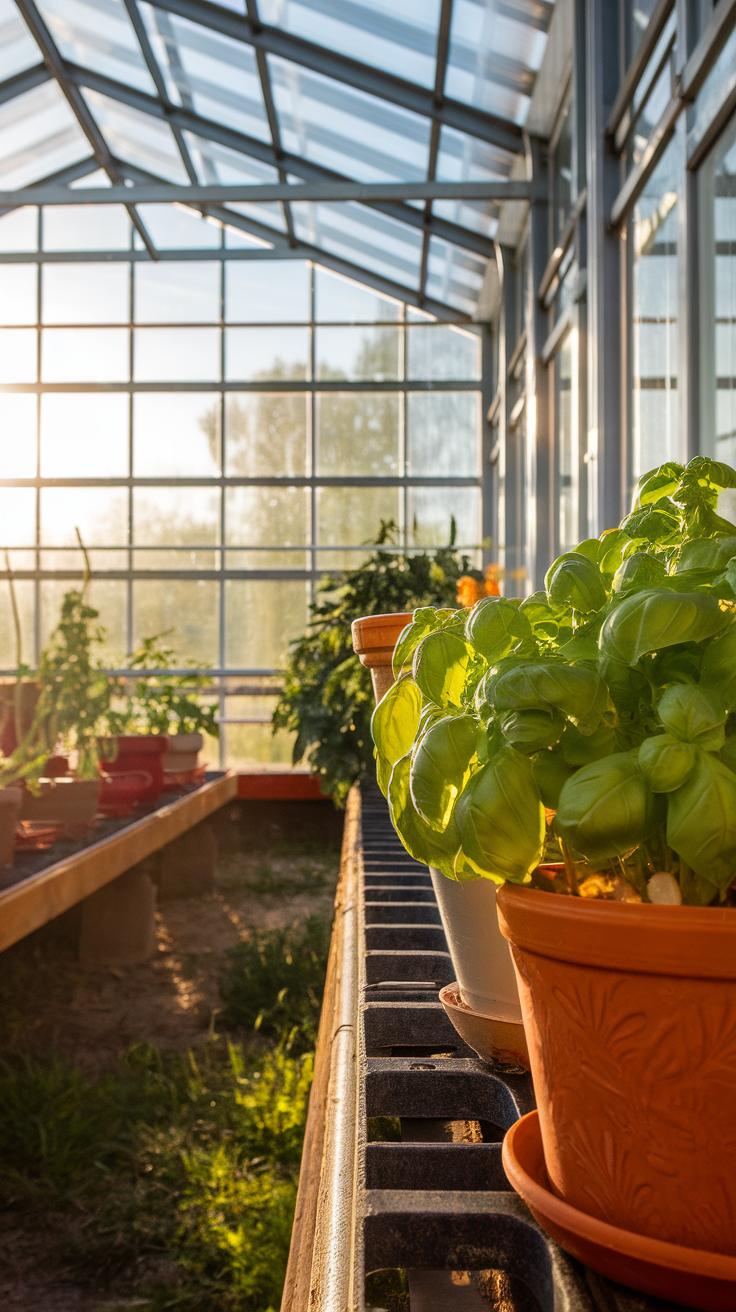
Vegetables grown in pots need the right amount of sunlight to grow strong and healthy. Most common container vegetables, like tomatoes, peppers, and lettuce, require at least six hours of direct sunlight each day. Without enough light, your plants will grow slowly and produce fewer vegetables. You can position your pots to face south or southwest if you live in the northern hemisphere, where they receive the most sunlight.
Consider grouping pots by their sunlight needs. Leafy greens tolerate some shade, so place them where light is less intense, while sun-loving vegetables should stay fully exposed. Moving pots to catch the changing sun angles throughout the season helps maintain steady light exposure.
Maximizing Sunlight
Try to arrange your containers so that taller plants don’t block smaller ones. A tiered plant stand or hanging baskets can save space and increase light for all veggies. If you garden indoors, place pots near south-facing windows or use grow lights to complete their sun intake.
Have you checked your balcony’s sun pattern during the day? Tracking sunlight can help you find the best spot for each vegetable. Experiment with moving pots around until your plants look vibrant and strong.
Temperature Management
Temperature affects how well your potted vegetables grow. Most vegetables prefer daytime temperatures between 65°F and 75°F. If it gets too hot—above 85°F—plants can wilt or stop producing fruit. When heat rises, move pots to shaded areas or use shade cloth to cool them down.
Cold weather can stunt growth or kill sensitive vegetables. In early spring or late fall, protect your plants by bringing pots indoors or near sheltered walls. Portable containers make it easy to adjust conditions when temperatures change suddenly.
Ask yourself: Are your plants facing heat stress or drafts? Regularly check temperature levels and respond quickly by relocating pots. Doing this keeps your garden productive even during weather swings.
Fertilizing Container Vegetables
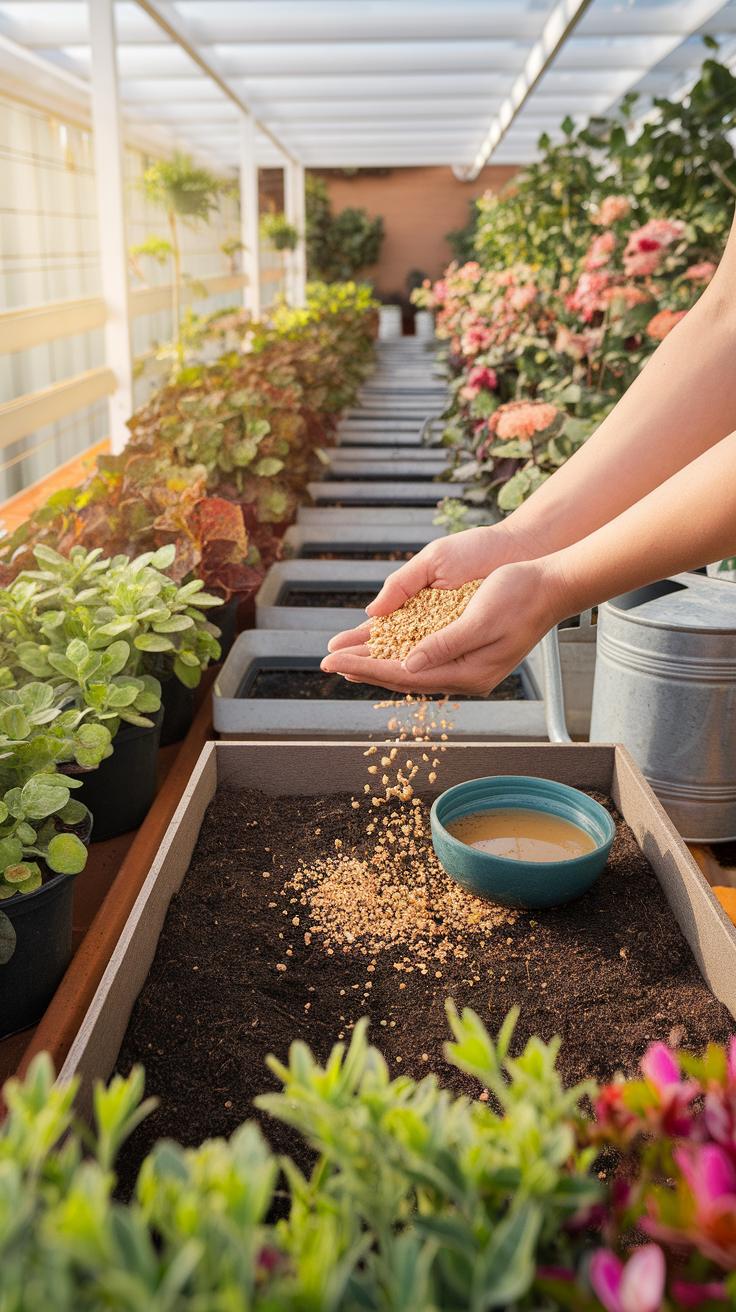
Your container vegetables depend on you for nutrients because pots hold limited soil. This means regular fertilization keeps plants healthy and productive. When choosing fertilizers, consider the type of vegetable and pot size. Vegetables in containers need a balanced mix of nitrogen, phosphorus, and potassium to grow strong and produce fruit.
Signs of nutrient deficiencies include yellowing leaves, poor growth, or weak stems. For example, yellow leaves might mean a nitrogen shortage, while purple leaves may show a phosphorus lack. Spot these signs early to adjust feeding schedules.
Applying fertilizer too much or too little can harm plants. Make sure to follow the recommended amounts and time your feeding during active growth periods when your vegetables expend the most energy. Have you checked your plants’ leaves lately? They might be telling you exactly what they need.
Choosing Fertilizers
Organic fertilizers like compost, worm castings, or fish emulsion improve soil quality and release nutrients slowly. You can mix compost into potting soil before planting or feed with liquid fish emulsion every few weeks. Synthetic fertilizers provide nutrients faster and come in granular or liquid forms, often with balanced NPK ratios like 10-10-10 or 20-20-20.
If you want steady nutrition, consider slow-release pellets that feed plants for weeks. For heavy feeders like tomatoes or peppers, use a fertilizer higher in potassium and phosphorus to support fruit development. Have you thought about rotating between organic and synthetic fertilizers to benefit from both?
Application Schedules
Container vegetables typically need feeding every two to four weeks. Young plants require lighter feeding, increasing as plants grow larger and start producing. Leafy greens feed more often since they grow quickly, while fruiting vegetables like tomatoes might need fertilization every two weeks during fruit set.
Adjust your schedule by watching how your plants respond. If growth slows or leaves show deficiency signs, increase feeding slightly. Always water before and after applying fertilizer to avoid root burn. Can you tell when it’s time for your plants’ next feeding by watching their leaves and growth speed?
Managing Pests and Diseases in Pots
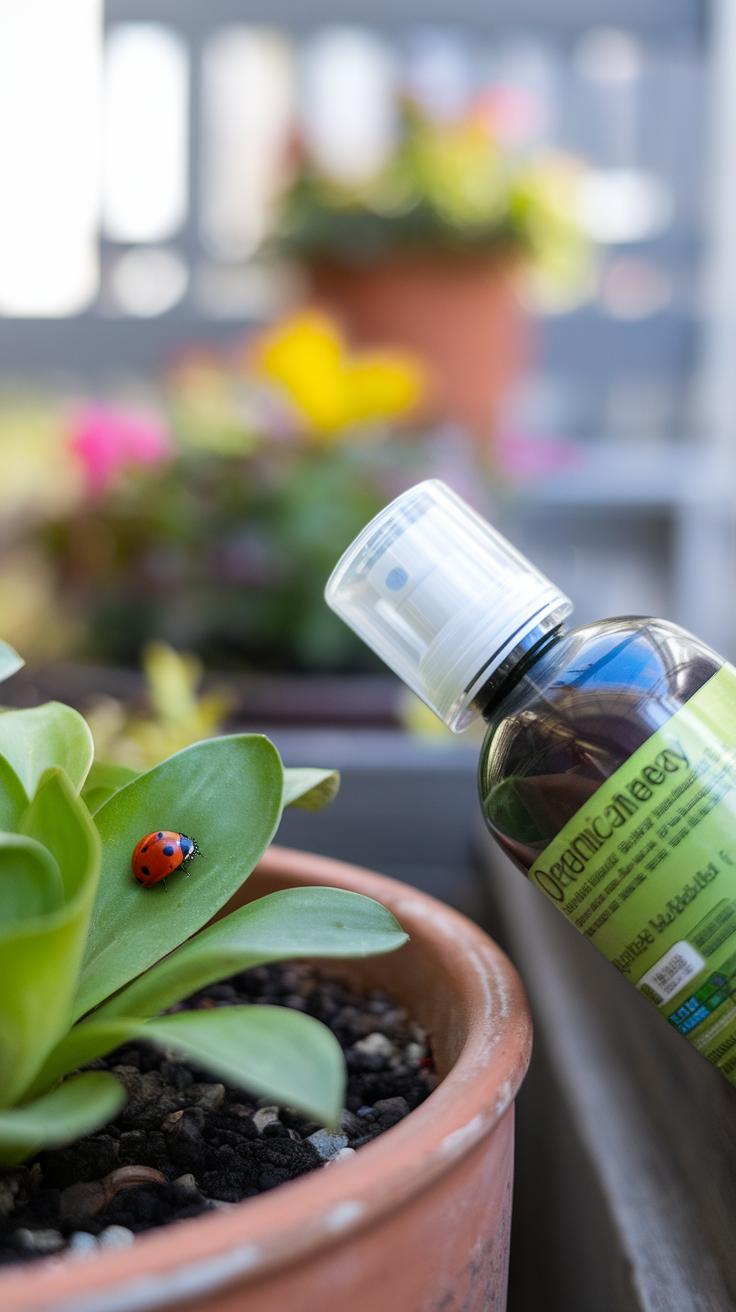
Pests and diseases can quickly harm your container vegetables if you don’t watch for them. Common pests like aphids and spider mites often settle on leaves and stems, sucking juices and weakening plants.
Look carefully for tiny insects, sticky residue, or webbing. Early spotting matters. Check your plants daily, especially the undersides of leaves and new growth. Catching pests early keeps damage low and controls easier.
Diseases such as powdery mildew and root rot thrive in containers with poor airflow or too much water. Water only the soil, not leaves, and make sure pots drain well. Space pots so air circulates around plants.
For pest control, you can spray with insecticidal soaps or neem oil. These organic treatments act gently on plants but harshly on pests. In case of severe infestations, select chemical controls designed for edible plants—always read labels carefully.
Diseases need quick action too. Remove affected leaves to stop spread. Use fungicides when needed, but avoid overuse to protect plant health. Think about your watering routine and pot conditions to keep pests and diseases from getting a foothold in the first place.
Repotting and Root Management
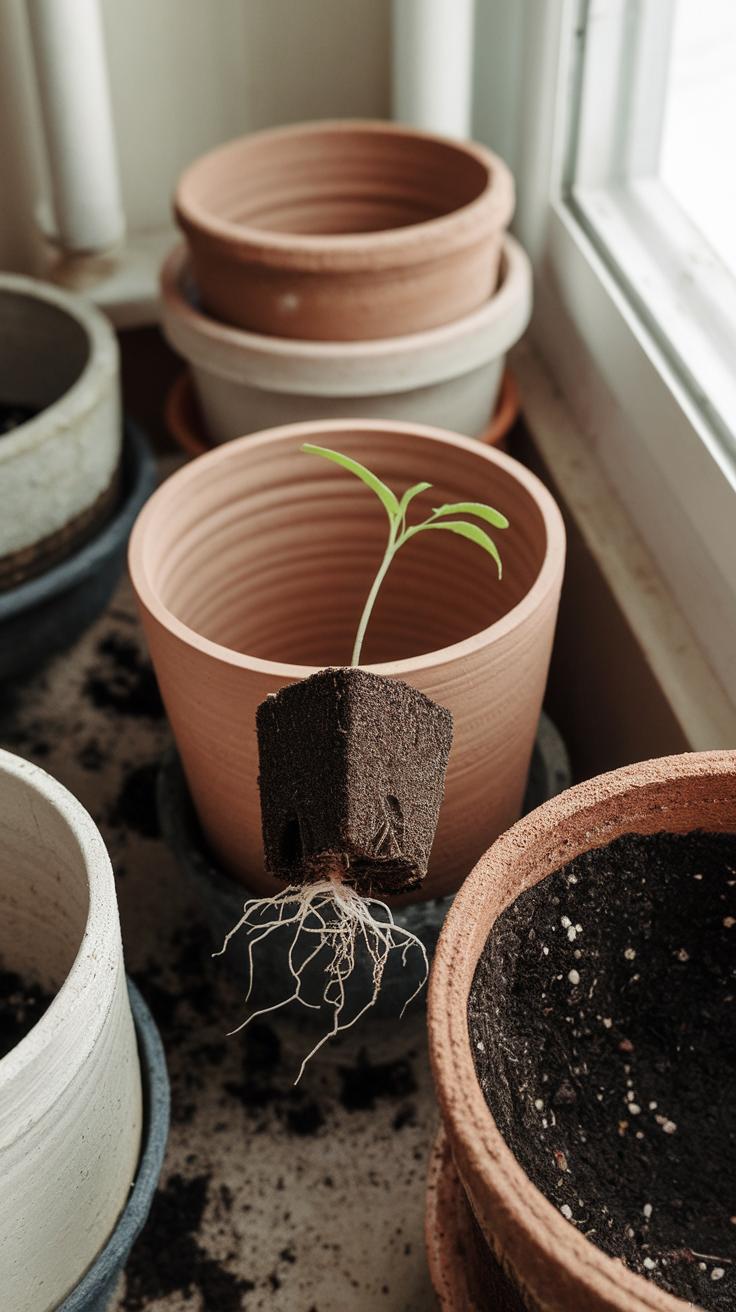
Knowing when to repot vegetables is key to keeping them healthy and productive. Roots that grow out of drainage holes show the plant needs more space. If growth slows or leaves look smaller than usual, your vegetable may be root-bound. This happens when roots fill the pot completely, restricting water and nutrient uptake.
Careful root management helps your plants thrive in containers. When repotting, select a pot about 2 inches wider in diameter than the current one. This gives roots room to grow without overwatering risks. Handle roots gently to avoid injury that can stress the plant. If roots are tightly packed, gently tease them apart to encourage outward growth. Trim any dead or rotten parts before replanting.
You can ease the transition by watering the vegetable a day before repotting, making the root ball easier to remove. Place fresh potting mix in the new pot, set the vegetable at the same depth it was growing before, and fill in around the roots. Firm the soil lightly and water thoroughly. Watch how your plants respond after repotting to adjust care for stronger growth.
Signs to Repot
Roots pushing through drainage holes signal your plant lacks space. These roots seek air and water outside the pot because the current soil can no longer support them. If your vegetable’s growth slows or the leaves turn yellow or wilt, it might be due to root binding. The plant struggles to access enough nutrients.
Another sign is soil drying out quickly after watering. This happens when roots fill the pot and leave little soil to hold moisture. If you notice stunted flowering or fruit production compared to before, that could mean repotting is overdue. Checking your plant every few weeks will help you spot these signs early. Don’t wait for obvious distress before acting.
Repotting Techniques
Start by watering your plant a day before to soften the soil. When removing the plant, ease the root ball out by tapping the pot’s sides or gently sliding a knife along the edges. Avoid pulling on the stem to prevent damage.
Inspect the roots for dense tangles. Tease them apart gently with your fingers to encourage spreading in the new pot. If some roots are rotted or dead, cut them off cleanly. Place a layer of fresh potting mix at the bottom of the new pot, position the plant, then fill around the roots with soil. Firm the soil without packing it tightly.
Water the plant well to settle the soil. After repotting, keep the plant away from direct sunlight for a few days to reduce shock. Monitor moisture levels closely and avoid fertilizing for about two weeks to let roots adjust. How does your plant respond in the first week? This feedback can guide your watering and care routine moving forward.
Harvesting and Maintaining Your Container Garden
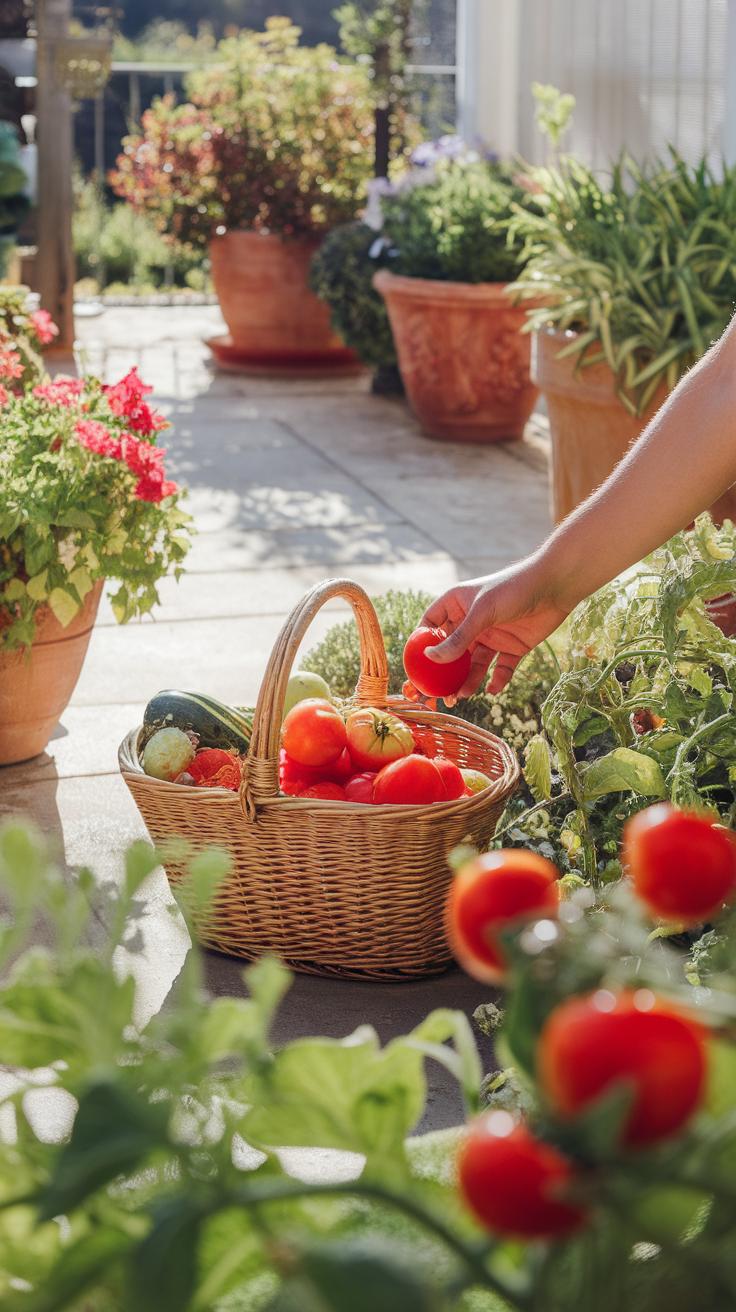
Harvesting Practices
Watch for the right signs to know when your vegetables are ready to pick. For example, beans should snap easily, lettuce leaves look full, and tomatoes turn a deep color. Pick vegetables early in the day when they are crisp and fresh. Use clean, sharp scissors or pruners to cut fruits or veggies to avoid hurting the plant. Avoid pulling vegetables from the stems, which can cause damage and slow future growth. Harvest regularly to keep your plants producing more. For instance, picking small zucchinis encourages the plant to make more fruits. How often do you check your plants for ripeness? Staying consistent with harvesting helps you get the most from your container garden.
Ongoing Maintenance
Keeping your pots clean prevents pests and diseases. Remove dead leaves and stems immediately to stop mold or rot from spreading. Look closely at the soil; it should stay moist but not wet. Test the soil’s health by checking if it drains well and adding fresh compost when needed. Avoid forgetting about your containers, as soil nutrients can wear out fast in pots. Rinse or scrub pots between growing seasons to clear out salt build-up or dirt. This small effort helps roots breathe and grow strong. What signs does your garden give that it needs attention? Regular care makes your container vegetables thrive and keeps your harvest steady.
Conclusions
Growing vegetables in pots can transform limited spaces into productive gardens. By selecting the right containers and plants, and by managing soil and water well, you gain control over your garden’s environment. This can lead to healthier plants and better yields. Moreover, container gardening allows flexibility and can fit various lifestyles and locations, including apartments and urban areas. You enable yourself to enjoy fresh home-grown vegetables even without traditional garden space.
Focus on key factors like container size, drainage, soil quality, and consistent watering to prevent common pitfalls. Choosing vegetables suited to container growth and monitoring for pests adds to your garden’s success. Your active role in caring for your pot vegetables rewards you with fresh produce and the satisfaction of growing your own food. With the right techniques, you can maintain a vegetable garden that thrives and brings fresh food to your table year-round.
